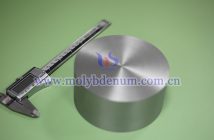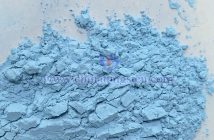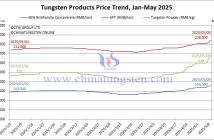Recently, researchers have prepared a printable flexible triboelectric nanogenerator (TENG) based on two-dimensional tungsten disulfide (WS?), which is used for efficiently harvesting the ubiquitous mechanical energy in the environment and thus helps to explore greener and cleaner energy resources.
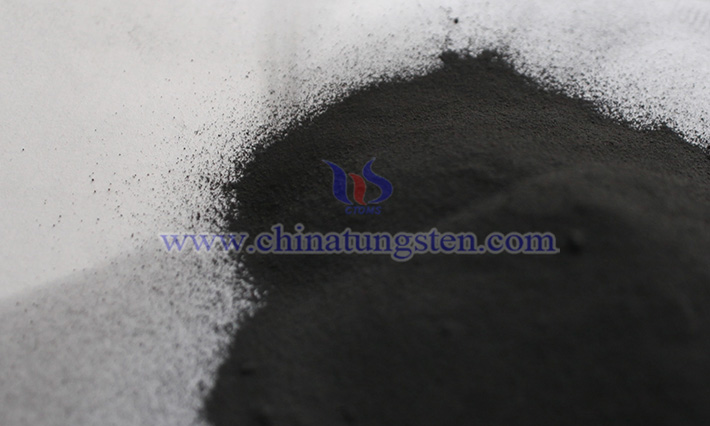
CTIA GROUP LTD tungsten disulfide picture
The triboelectric nanogenerator (TENG) is a new type of energy harvesting technology. Since it can effectively convert mechanical energy into electrical energy or signals, it is widely applied in fields such as the Internet of Things, sensor networks, big data, and robotics. Compared with traditional materials such as thermoelectric and piezoelectric materials, TENG has remarkable advantages such as flexibility, sustainability, low cost, a wide range of available materials, and self-power supply. Therefore, it has potential in applications in many different fields, such as self-powered sensors in wearable electronic devices, motion monitoring during rehabilitation processes, artificial skins for robots, structural health monitoring, and environmental monitoring.
The researchers first prepared few-layer single-crystal tungsten disulfide with an interplanar spacing of 0.6 nanometers through a liquid-phase exfoliation process. Then, they used a screen-printed WS? film and polymethyl methacrylate as the tribo-layers to fabricate a flexible triboelectric nanogenerator with an effective contact area of 4 square centimeters.
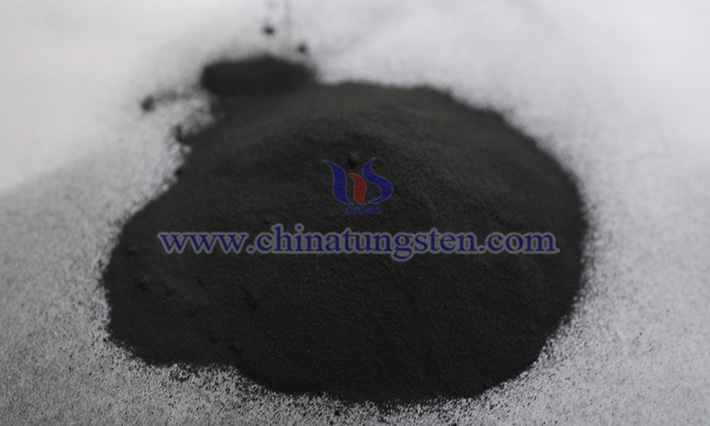
CTIA GROUP LTD tungsten disulfide picture
A comparison reveals that the triboelectric nanogenerator based on few-layer tungsten disulfide can output a voltage of 520 volts and a short-circuit current density of 68 milliamps per square meter, while the triboelectric nanogenerator based on bulk tungsten disulfide can only generate an open-circuit voltage of 70 volts and a short-circuit current density of 10 milliamps per square meter. In the resistive load test, the triboelectric nanogenerator device based on the exfoliated WS? can achieve a peak power density of approximately 0.6 watts per square meter under a load of 80 megohms, while the triboelectric nanogenerator based on bulk WS? can only generate a power density of approximately 0.093 watts per square meter under a load of 60 megohms.
In addition, this triboelectric nanogenerator has been proven to be capable of harvesting bio-mechanical energy from human body movements such as finger tapping and elbow bending. Moreover, a highly sensitive force sensor has been fabricated. This sensor exhibits a remarkable sensitivity of 2.87 volts per newton in the lower force range (less than 1 newton) and a sensitivity of 0.69 volts per newton in the higher force range (1 newton

